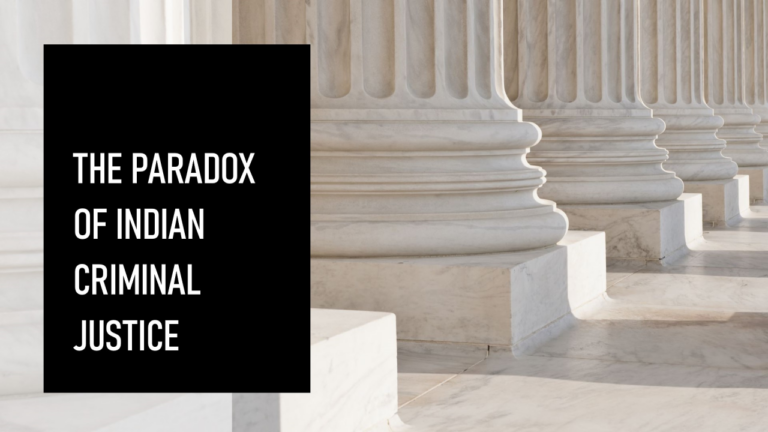Look out Circular (LOC): A Strange Paradox in Indian Criminal Justice

Understanding Look Out Circular
(LOC)
In the Indian Criminal Administration of Justice, the presence of a person involved in any offence is crucial for investigation or trial. Enforcement or investigating agencies, as well as courts, may seek the person’s presence to ensure their involvement in the legal proceedings. The relevant provisions in the Code of Criminal Procedure (CrPC) allow for compelling the presence of a person allegedly involved in a cognizable offence through mechanisms such as bailable warrants, non-bailable warrants, or attachment proceedings.
However, the CrPC does not mention Look Out Circular (LOC) as a formal tool for securing the presence of a person before the enforcement agencies or courts. This raises questions about the legal foundation and use of LOC in the criminal justice system.
What is a Look Out Circular (LOC)?
While the term “Look Out Circular” is not specifically defined in law, it is commonly understood as a communication issued by an authorized government agency. The purpose of an LOC is to locate and secure the arrest of a person who is wanted by the agency, either for evading arrest, being a proclaimed offender, or to ensure their presence in court proceedings.
Although LOC lacks a statutory foundation, it finds support through circulars issued by the Ministry of Home Affairs. These circulars include:
- Ministry of Home Affairs Circular no. 15022/13/78 dated 05.09.1979
- OM no. 15022/20/98-FIV dated 27.12.2000
- OM no. 25016/31/2010-IMM dated 27.10.2010
The recent OM dated 27.10.2010 stems from a judicial pronouncement by the Delhi High Court on 11.08.2010 in the case of Sumer Singh Salkan and Ors. vs. Asstt. Director and Ors (Cri-Ref 1/2006), where the court addressed several critical questions surrounding the use of LOCs.
Key Questions on Look Out Circulars: Judicial Pronouncement
The Delhi High Court ruling addressed four crucial questions regarding the Look Out Circular. These questions are essential to understanding how LOCs are applied in the criminal justice process:
- What are the categories of cases in which the investigating agency can seek recourse to a Look Out Circular and under what circumstances?
- What procedure must the investigating agency follow before issuing a Look Out Circular?
- What remedies are available to the person against whom a Look Out Circular has been issued?
- What is the role of the concerned court when such a case is brought before it, and under what circumstances can subordinate courts intervene?
Circumstances for Issuing a Look Out Circular
A Look Out Circular can be requested by the investigating agency in cases involving cognizable offences under the Indian Penal Code (IPC) or other penal laws. This is typically done when the accused is deliberately evading arrest or failing to appear in trial court despite the issuance of non-bailable warrants (NBWs) and other coercive measures. Additionally, an LOC is used if there is a reasonable suspicion that the accused may attempt to leave the country to avoid trial or arrest.
Procedure for Issuing a Look Out Circular
Before an LOC is issued, the investigating officer must make a written request to the officer designated by the Ministry of Home Affairs. This request must include detailed reasons for seeking the LOC. The competent officer, as per the circulars issued by the Ministry, will then pass an order directing the issuance of the LOC.
Remedy for Persons Against Whom an LOC is Issued
If an LOC is issued against an individual, they have several options for challenging it. The person can:
- Join the investigation by appearing before the investigating officer.
- Surrender before the concerned court.
- Satisfy the court that the LOC was wrongly issued against them.
Alternatively, they can approach the officer who issued the LOC and explain why it was incorrectly issued. The authority that issued the LOC has the power to withdraw it, and it can also be rescinded by the trial court if an application is made by the individual concerned.
The Role of the Court in Look Out Circulars
An LOC is a coercive measure designed to ensure that an individual appears before the investigating agency or court. When such cases are brought before the court, the subordinate courts have jurisdiction to affirm or cancel the LOC, in a manner similar to their jurisdiction over the cancellation or affirmation of non-bailable warrants (NBWs).
The views are personal.

